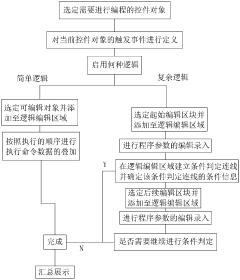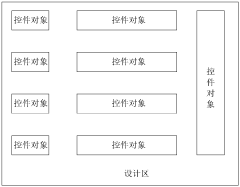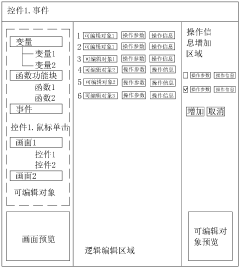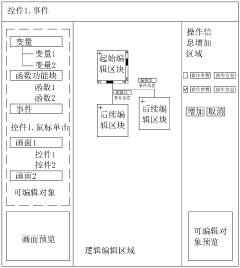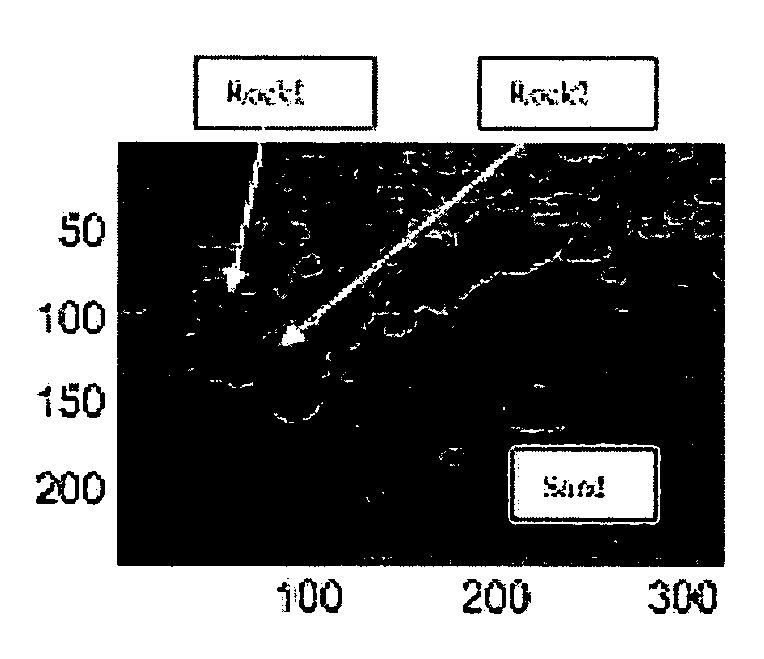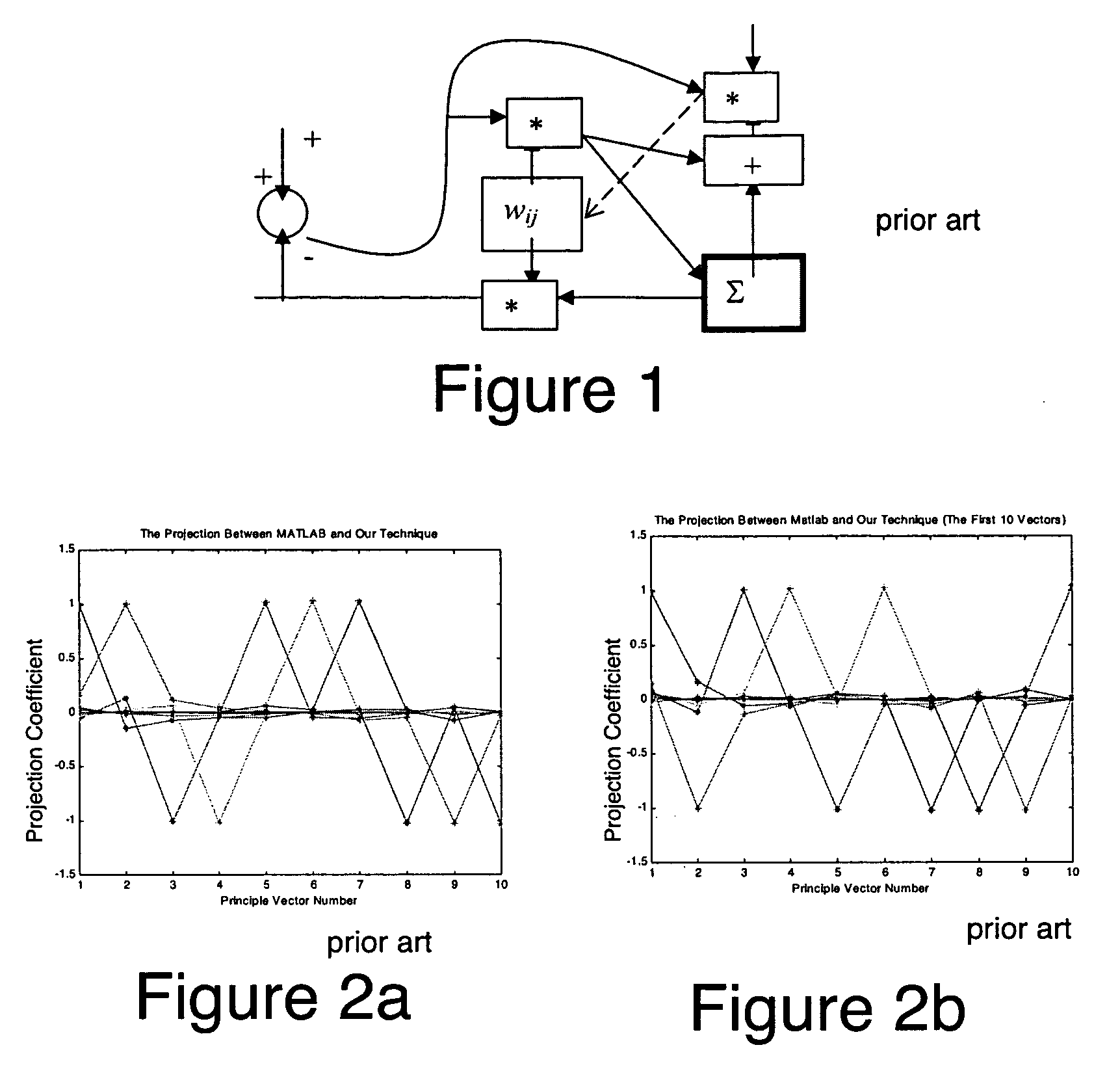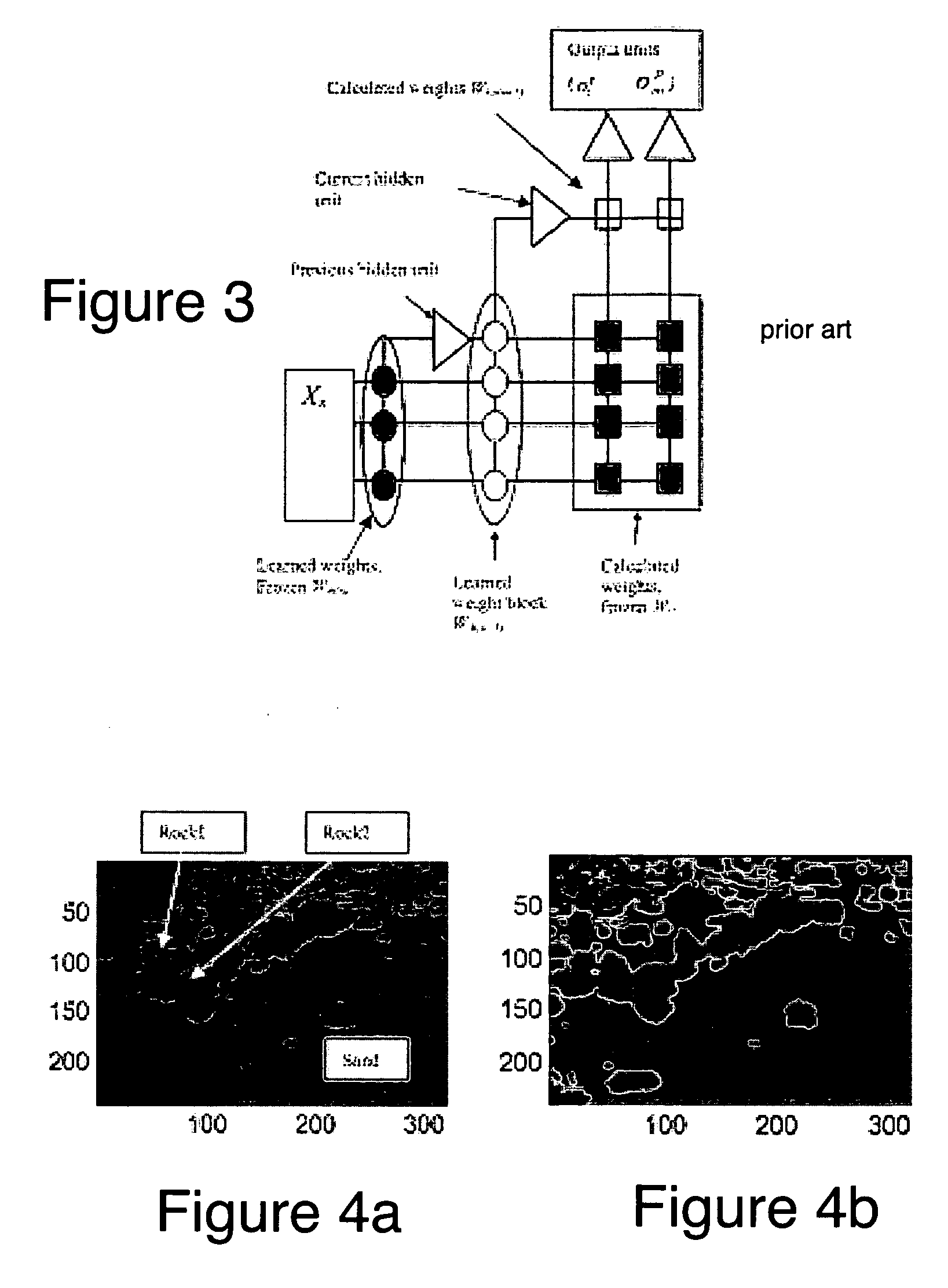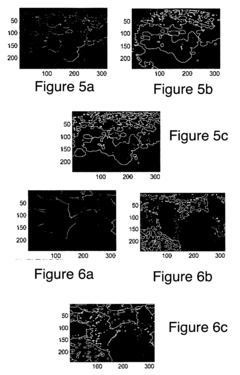How Accura 25 Improves Functional Prototypes?
JUL 8, 20259 MIN READ
Generate Your Research Report Instantly with AI Agent
Patsnap Eureka helps you evaluate technical feasibility & market potential.
Accura 25 Background and Objectives
Accura 25 is a groundbreaking stereolithography (SLA) resin developed by 3D Systems, specifically designed to enhance the production of functional prototypes. This advanced material represents a significant leap forward in the field of additive manufacturing, addressing the growing demand for high-performance prototyping solutions in various industries.
The evolution of 3D printing technologies has been marked by continuous improvements in materials and processes. Accura 25 emerges as a response to the limitations of traditional prototyping materials, which often fall short in terms of durability, accuracy, and functionality. The development of this resin is rooted in the need for prototypes that can more closely mimic the properties of final production parts, particularly in industries such as automotive, aerospace, and consumer electronics.
The primary objective behind Accura 25 is to bridge the gap between prototype and production-grade materials. It aims to provide engineers and designers with a tool that allows for more accurate testing and validation of designs before moving to full-scale production. This aligns with the broader industry trend towards rapid prototyping and iterative design processes, where the ability to quickly produce and test functional prototypes is crucial for reducing development time and costs.
Accura 25 is engineered to offer a unique combination of properties that are particularly beneficial for functional prototyping. These include high stiffness, excellent dimensional stability, and resistance to humidity. Such characteristics are essential for creating prototypes that can withstand rigorous testing and environmental conditions, closely simulating the performance of final products.
The technology behind Accura 25 builds upon decades of research and development in photopolymer chemistry. It leverages advanced formulation techniques to achieve a balance between mechanical properties and processability, ensuring that the material is not only strong and durable but also compatible with existing SLA 3D printing systems.
In the context of the broader 3D printing landscape, Accura 25 represents a significant step towards closing the performance gap between additive manufacturing and traditional production methods. It addresses the growing need for materials that can produce parts suitable for functional testing, thereby expanding the application scope of 3D printing beyond visual prototypes and into the realm of functional, end-use parts.
As industries continue to seek ways to accelerate product development cycles and reduce time-to-market, materials like Accura 25 play a crucial role in enabling more efficient and effective prototyping processes. The development of this resin reflects the ongoing trend towards more specialized and application-specific materials in the additive manufacturing sector, catering to the diverse and evolving needs of modern engineering and design practices.
The evolution of 3D printing technologies has been marked by continuous improvements in materials and processes. Accura 25 emerges as a response to the limitations of traditional prototyping materials, which often fall short in terms of durability, accuracy, and functionality. The development of this resin is rooted in the need for prototypes that can more closely mimic the properties of final production parts, particularly in industries such as automotive, aerospace, and consumer electronics.
The primary objective behind Accura 25 is to bridge the gap between prototype and production-grade materials. It aims to provide engineers and designers with a tool that allows for more accurate testing and validation of designs before moving to full-scale production. This aligns with the broader industry trend towards rapid prototyping and iterative design processes, where the ability to quickly produce and test functional prototypes is crucial for reducing development time and costs.
Accura 25 is engineered to offer a unique combination of properties that are particularly beneficial for functional prototyping. These include high stiffness, excellent dimensional stability, and resistance to humidity. Such characteristics are essential for creating prototypes that can withstand rigorous testing and environmental conditions, closely simulating the performance of final products.
The technology behind Accura 25 builds upon decades of research and development in photopolymer chemistry. It leverages advanced formulation techniques to achieve a balance between mechanical properties and processability, ensuring that the material is not only strong and durable but also compatible with existing SLA 3D printing systems.
In the context of the broader 3D printing landscape, Accura 25 represents a significant step towards closing the performance gap between additive manufacturing and traditional production methods. It addresses the growing need for materials that can produce parts suitable for functional testing, thereby expanding the application scope of 3D printing beyond visual prototypes and into the realm of functional, end-use parts.
As industries continue to seek ways to accelerate product development cycles and reduce time-to-market, materials like Accura 25 play a crucial role in enabling more efficient and effective prototyping processes. The development of this resin reflects the ongoing trend towards more specialized and application-specific materials in the additive manufacturing sector, catering to the diverse and evolving needs of modern engineering and design practices.
Market Demand for Enhanced Prototyping Materials
The market demand for enhanced prototyping materials has been steadily increasing in recent years, driven by the growing need for more accurate and functional prototypes across various industries. Accura 25, a new advanced prototyping material, has emerged as a promising solution to meet these evolving requirements.
In the automotive sector, there is a significant demand for materials that can withstand rigorous testing conditions. Manufacturers are seeking prototyping materials that can accurately simulate the properties of final production parts, allowing for more reliable performance evaluations. Accura 25 addresses this need by offering improved durability and heat resistance, enabling automotive companies to create functional prototypes that closely mimic the behavior of end-use components.
The aerospace industry also presents a substantial market opportunity for enhanced prototyping materials. With stringent safety regulations and the need for lightweight yet strong components, aerospace manufacturers require materials that can produce precise, high-performance prototypes. Accura 25's ability to create parts with fine details and smooth surfaces makes it particularly attractive for this sector, as it allows for the production of complex geometries often found in aerospace applications.
In the consumer electronics market, rapid product development cycles and the constant push for innovation drive the demand for advanced prototyping materials. Companies in this space need materials that can produce prototypes with excellent surface finish and dimensional accuracy. Accura 25's superior resolution and ability to create thin-walled structures make it well-suited for prototyping intricate electronic housings and components.
The medical device industry is another key market for enhanced prototyping materials. With the increasing adoption of personalized medicine and custom medical devices, there is a growing need for materials that can produce biocompatible prototypes suitable for testing and evaluation. Accura 25's compatibility with sterilization processes and its ability to create detailed, functional prototypes make it a valuable option for medical device manufacturers.
As additive manufacturing technologies continue to advance, the demand for materials that can fully leverage these capabilities is also on the rise. Accura 25's compatibility with high-resolution 3D printing systems positions it well to capitalize on this trend, offering manufacturers the ability to create complex, functional prototypes with improved accuracy and performance characteristics.
The global prototyping market is expected to experience significant growth in the coming years, with some industry reports projecting a compound annual growth rate of over 20% through 2025. This growth is largely attributed to the increasing adoption of rapid prototyping technologies across various industries and the demand for more advanced materials that can produce higher quality, functional prototypes.
In the automotive sector, there is a significant demand for materials that can withstand rigorous testing conditions. Manufacturers are seeking prototyping materials that can accurately simulate the properties of final production parts, allowing for more reliable performance evaluations. Accura 25 addresses this need by offering improved durability and heat resistance, enabling automotive companies to create functional prototypes that closely mimic the behavior of end-use components.
The aerospace industry also presents a substantial market opportunity for enhanced prototyping materials. With stringent safety regulations and the need for lightweight yet strong components, aerospace manufacturers require materials that can produce precise, high-performance prototypes. Accura 25's ability to create parts with fine details and smooth surfaces makes it particularly attractive for this sector, as it allows for the production of complex geometries often found in aerospace applications.
In the consumer electronics market, rapid product development cycles and the constant push for innovation drive the demand for advanced prototyping materials. Companies in this space need materials that can produce prototypes with excellent surface finish and dimensional accuracy. Accura 25's superior resolution and ability to create thin-walled structures make it well-suited for prototyping intricate electronic housings and components.
The medical device industry is another key market for enhanced prototyping materials. With the increasing adoption of personalized medicine and custom medical devices, there is a growing need for materials that can produce biocompatible prototypes suitable for testing and evaluation. Accura 25's compatibility with sterilization processes and its ability to create detailed, functional prototypes make it a valuable option for medical device manufacturers.
As additive manufacturing technologies continue to advance, the demand for materials that can fully leverage these capabilities is also on the rise. Accura 25's compatibility with high-resolution 3D printing systems positions it well to capitalize on this trend, offering manufacturers the ability to create complex, functional prototypes with improved accuracy and performance characteristics.
The global prototyping market is expected to experience significant growth in the coming years, with some industry reports projecting a compound annual growth rate of over 20% through 2025. This growth is largely attributed to the increasing adoption of rapid prototyping technologies across various industries and the demand for more advanced materials that can produce higher quality, functional prototypes.
Current Challenges in Functional Prototyping
Functional prototyping faces several significant challenges in today's rapidly evolving manufacturing landscape. One of the primary issues is the accuracy and precision of prototypes, which often fall short of representing the final product's intended functionality. This discrepancy can lead to misinterpretations of design intent and potential failures in performance testing.
Material limitations pose another substantial hurdle. Traditional prototyping materials may not accurately mimic the properties of the final product, resulting in prototypes that do not behave or perform as expected. This disparity can lead to false positives or negatives during testing phases, potentially derailing the entire product development process.
Time and cost constraints continue to be major challenges in functional prototyping. The iterative nature of prototyping often requires multiple rounds of refinement, each consuming valuable time and resources. This prolonged process can significantly impact project timelines and budgets, especially in competitive industries where time-to-market is crucial.
Scalability presents another significant challenge. While a prototype may function well at a small scale, translating that success to full-scale production can be problematic. Issues that were not apparent in the prototype stage may emerge during scaling, necessitating costly redesigns and delays.
The integration of complex systems within prototypes is becoming increasingly challenging. As products become more sophisticated, incorporating multiple technologies and functionalities, prototypes must accurately represent these intricate systems. This complexity often leads to difficulties in troubleshooting and validating individual components within the larger system.
Sustainability concerns are also emerging as a critical challenge in functional prototyping. The need for eco-friendly materials and processes that align with final production methods is growing, yet finding suitable alternatives that do not compromise prototype performance can be difficult.
Lastly, the challenge of bridging the gap between digital design and physical prototyping remains significant. While CAD and simulation tools have advanced considerably, translating digital designs into accurate physical prototypes still presents hurdles, particularly in terms of maintaining design integrity and functional fidelity throughout the prototyping process.
Material limitations pose another substantial hurdle. Traditional prototyping materials may not accurately mimic the properties of the final product, resulting in prototypes that do not behave or perform as expected. This disparity can lead to false positives or negatives during testing phases, potentially derailing the entire product development process.
Time and cost constraints continue to be major challenges in functional prototyping. The iterative nature of prototyping often requires multiple rounds of refinement, each consuming valuable time and resources. This prolonged process can significantly impact project timelines and budgets, especially in competitive industries where time-to-market is crucial.
Scalability presents another significant challenge. While a prototype may function well at a small scale, translating that success to full-scale production can be problematic. Issues that were not apparent in the prototype stage may emerge during scaling, necessitating costly redesigns and delays.
The integration of complex systems within prototypes is becoming increasingly challenging. As products become more sophisticated, incorporating multiple technologies and functionalities, prototypes must accurately represent these intricate systems. This complexity often leads to difficulties in troubleshooting and validating individual components within the larger system.
Sustainability concerns are also emerging as a critical challenge in functional prototyping. The need for eco-friendly materials and processes that align with final production methods is growing, yet finding suitable alternatives that do not compromise prototype performance can be difficult.
Lastly, the challenge of bridging the gap between digital design and physical prototyping remains significant. While CAD and simulation tools have advanced considerably, translating digital designs into accurate physical prototypes still presents hurdles, particularly in terms of maintaining design integrity and functional fidelity throughout the prototyping process.
Accura 25 Technical Specifications and Applications
01 Rapid prototyping and 3D printing technologies
Advanced rapid prototyping and 3D printing technologies are utilized to create functional prototypes quickly and accurately. These technologies allow for the production of complex geometries and enable iterative design improvements, reducing development time and costs for functional prototypes.- Rapid prototyping and 3D printing technologies: Advanced manufacturing techniques like rapid prototyping and 3D printing are used to create functional prototypes quickly and accurately. These technologies allow for the production of complex geometries and enable iterative design improvements, which is particularly useful for Accura 25 functional prototypes.
- Software-based design and simulation: Computer-aided design (CAD) and simulation software are employed to create and test virtual models of Accura 25 functional prototypes before physical production. This approach helps optimize designs, predict performance, and reduce development time and costs.
- Material selection and characterization: Careful selection and characterization of materials are crucial for Accura 25 functional prototypes. This involves analyzing material properties, compatibility, and performance under various conditions to ensure the prototype meets functional requirements and accurately represents the final product.
- Functional testing and validation: Rigorous testing and validation procedures are implemented to assess the performance and reliability of Accura 25 functional prototypes. This includes mechanical, electrical, and environmental testing to ensure the prototype meets design specifications and intended functionality.
- Iterative design and prototype refinement: An iterative approach is used in the development of Accura 25 functional prototypes, involving multiple rounds of design, prototyping, testing, and refinement. This process allows for continuous improvement and optimization of the prototype based on feedback and performance data.
02 Software-based design and simulation tools
Sophisticated software tools are employed for designing and simulating functional prototypes. These tools enable engineers to create virtual models, perform analysis, and optimize designs before physical production, enhancing the efficiency and effectiveness of the prototyping process.Expand Specific Solutions03 Materials selection for functional prototypes
Careful selection of materials is crucial for creating functional prototypes that accurately represent the final product. This involves considering factors such as mechanical properties, durability, and compatibility with manufacturing processes to ensure the prototype performs as intended.Expand Specific Solutions04 Integration of electronic components in prototypes
Functional prototypes often incorporate electronic components to simulate the intended functionality of the final product. This integration requires expertise in embedding sensors, actuators, and control systems within the prototype structure.Expand Specific Solutions05 Testing and validation methodologies
Comprehensive testing and validation procedures are implemented to assess the performance and reliability of functional prototypes. This includes stress testing, environmental simulations, and user trials to identify potential issues and refine the design before moving to full-scale production.Expand Specific Solutions
Key Players in Advanced Prototyping Materials
The competitive landscape for "How Accura 25 Improves Functional Prototypes" is in a growth phase, with increasing market size and technological advancements. The industry is characterized by a mix of established players and innovative startups. Companies like Ricoh, Hitachi, and Apple are leveraging their extensive R&D capabilities to enhance functional prototyping technologies. Meanwhile, universities such as Zhejiang University and California Institute of Technology are contributing to research and development in this field. The technology's maturity is progressing, with firms like UiPath and Siemens Medical Solutions USA driving innovation in automation and medical applications, respectively. This diverse ecosystem is fostering rapid improvements in functional prototyping techniques and applications across various industries.
Apple, Inc.
Technical Solution: Apple's approach to improving functional prototypes with Accura 25 involves leveraging advanced 3D printing technology. The company utilizes Accura 25 resin in stereolithography (SLA) processes to create high-resolution, durable prototypes. This material offers excellent clarity and detail, allowing for precise visualization of intricate designs. Apple integrates Accura 25 into its rapid prototyping workflow, enabling faster iteration cycles and more accurate representation of final products. The material's properties allow for functional testing of components, such as snap fits and living hinges, which is crucial for Apple's innovative product development[1][3].
Strengths: High resolution, clarity, and durability for accurate representation of final products. Enables functional testing of complex designs. Weaknesses: Potentially higher cost compared to traditional prototyping materials, limited color options.
Hitachi Ltd.
Technical Solution: Hitachi employs Accura 25 in its advanced manufacturing processes to enhance functional prototyping. The company utilizes the material's high-performance characteristics in SLA 3D printing to produce prototypes with exceptional surface finish and dimensional accuracy. Hitachi's approach involves using Accura 25 for creating complex geometries and fine details in prototypes for various industrial applications. The material's properties allow for the production of functional parts that can withstand rigorous testing environments, crucial for Hitachi's diverse product range. By incorporating Accura 25, Hitachi has reported a significant reduction in product development time and improved prototype quality[2][4].
Strengths: Excellent surface finish and dimensional accuracy, suitable for complex industrial applications. Reduces product development time. Weaknesses: May require specialized equipment and expertise for optimal results.
Core Innovations in Accura 25 Formulation
Visual programming method and system for human-computer interaction interface and storage medium
PatentActiveCN111506308A
Innovation
- Provide a visual programming method for human-computer interaction interface. By determining the control object or global function block in the design area, enable simple or complex logic according to the control requirements, edit the corresponding logic parameters, and all editing contents are in a re-editable state. Make design easier and more intuitive.
Artificial intelligence systems for identifying objects
PatentActiveUS20090116747A1
Innovation
- The solution involves a closed-loop technique combining adaptive feature-based and color-based methods for object recognition, using Principal Component Analysis (PCA) for shape feature extraction and Cascade Error Projection (CEP) for adaptive color segmentation, enabling real-time identification of objects by correlating extracted features with a database and updating knowledge dynamically.
Cost-Benefit Analysis of Accura 25 Implementation
Implementing Accura 25 for functional prototyping requires a comprehensive cost-benefit analysis to determine its economic viability and potential return on investment. The initial costs associated with Accura 25 implementation include the purchase of specialized 3D printing equipment, software licenses, and training for personnel. These upfront expenses can be significant, often ranging from $50,000 to $200,000 depending on the scale of implementation.
However, the long-term benefits of Accura 25 can outweigh these initial costs. One of the primary advantages is the reduction in prototyping time. Traditional prototyping methods can take weeks or even months, while Accura 25 can produce functional prototypes in a matter of days. This time savings translates directly into reduced labor costs and faster time-to-market for new products.
Material costs are another important factor to consider. While Accura 25 resin is more expensive than some traditional prototyping materials, its superior properties often result in fewer iterations and less material waste. The high accuracy and detail achievable with Accura 25 mean that fewer prototypes are needed to reach the final design, potentially offsetting the higher material costs.
The durability and functionality of Accura 25 prototypes also contribute to cost savings. These prototypes can withstand rigorous testing, reducing the need for multiple test models and allowing for more comprehensive evaluation before moving to production. This can significantly reduce the risk of costly design flaws being discovered late in the development process.
In terms of labor efficiency, Accura 25 requires less manual post-processing compared to other 3D printing technologies. This reduces labor hours and associated costs, allowing skilled personnel to focus on higher-value tasks. Additionally, the ability to produce complex geometries in a single print run eliminates the need for assembly of multiple parts, further reducing labor costs.
The improved quality and functionality of Accura 25 prototypes can lead to better decision-making in the product development process. This can result in fewer design iterations, reduced tooling costs, and a lower likelihood of costly production changes. Over time, these benefits can lead to substantial cost savings across multiple projects.
When considering the total cost of ownership, it's important to factor in maintenance and operational costs. Accura 25 systems generally have lower maintenance requirements compared to traditional CNC machining or injection molding equipment, potentially resulting in lower long-term operational costs.
In conclusion, while the initial investment in Accura 25 technology can be substantial, the potential for cost savings and improved product development efficiency makes it an attractive option for many companies. The exact return on investment will vary depending on the specific use case, production volume, and industry, but for many organizations, the benefits of Accura 25 implementation can justify the costs over the long term.
However, the long-term benefits of Accura 25 can outweigh these initial costs. One of the primary advantages is the reduction in prototyping time. Traditional prototyping methods can take weeks or even months, while Accura 25 can produce functional prototypes in a matter of days. This time savings translates directly into reduced labor costs and faster time-to-market for new products.
Material costs are another important factor to consider. While Accura 25 resin is more expensive than some traditional prototyping materials, its superior properties often result in fewer iterations and less material waste. The high accuracy and detail achievable with Accura 25 mean that fewer prototypes are needed to reach the final design, potentially offsetting the higher material costs.
The durability and functionality of Accura 25 prototypes also contribute to cost savings. These prototypes can withstand rigorous testing, reducing the need for multiple test models and allowing for more comprehensive evaluation before moving to production. This can significantly reduce the risk of costly design flaws being discovered late in the development process.
In terms of labor efficiency, Accura 25 requires less manual post-processing compared to other 3D printing technologies. This reduces labor hours and associated costs, allowing skilled personnel to focus on higher-value tasks. Additionally, the ability to produce complex geometries in a single print run eliminates the need for assembly of multiple parts, further reducing labor costs.
The improved quality and functionality of Accura 25 prototypes can lead to better decision-making in the product development process. This can result in fewer design iterations, reduced tooling costs, and a lower likelihood of costly production changes. Over time, these benefits can lead to substantial cost savings across multiple projects.
When considering the total cost of ownership, it's important to factor in maintenance and operational costs. Accura 25 systems generally have lower maintenance requirements compared to traditional CNC machining or injection molding equipment, potentially resulting in lower long-term operational costs.
In conclusion, while the initial investment in Accura 25 technology can be substantial, the potential for cost savings and improved product development efficiency makes it an attractive option for many companies. The exact return on investment will vary depending on the specific use case, production volume, and industry, but for many organizations, the benefits of Accura 25 implementation can justify the costs over the long term.
Environmental Impact of Accura 25 Production and Use
The environmental impact of Accura 25 production and use is a critical consideration in the adoption of this material for functional prototyping. Accura 25 is a photopolymer resin used in stereolithography (SLA) 3D printing processes, which offers improved mechanical properties and surface finish compared to traditional prototyping materials.
In terms of production, the manufacturing of Accura 25 involves the synthesis of various chemical compounds, including epoxy-based oligomers, photoinitiators, and reactive diluents. This process requires energy inputs and may result in the emission of volatile organic compounds (VOCs) during synthesis. However, the production of Accura 25 is generally considered to have a lower environmental footprint compared to traditional manufacturing materials due to its efficient use in additive manufacturing processes.
The use of Accura 25 in functional prototyping offers several environmental benefits. Firstly, the additive nature of 3D printing with Accura 25 significantly reduces material waste compared to subtractive manufacturing methods. This results in less raw material consumption and fewer byproducts that require disposal or recycling.
Furthermore, the ability to create functional prototypes on-demand with Accura 25 can lead to reduced transportation and logistics-related emissions. Companies can produce prototypes in-house or locally, eliminating the need for long-distance shipping of prototype parts or molds.
However, the environmental impact of Accura 25 use is not without challenges. The curing process of the photopolymer resin requires energy input, typically in the form of UV light. While modern SLA printers are becoming more energy-efficient, the cumulative energy consumption for large-scale prototyping can be significant.
Post-processing of Accura 25 parts also has environmental implications. The cleaning process often involves the use of solvents to remove uncured resin, which may contribute to VOC emissions if not properly managed. Additionally, the disposal of support structures and failed prints requires careful consideration to minimize waste and potential environmental contamination.
End-of-life considerations for Accura 25 prototypes present both challenges and opportunities. While the material is not biodegradable, research is ongoing to develop effective recycling methods for photopolymer resins. Some companies are exploring chemical recycling processes to break down used Accura 25 parts into their constituent monomers for reuse in new resin formulations.
In conclusion, while Accura 25 offers significant advantages in functional prototyping, its environmental impact requires careful management throughout its lifecycle. Continued research and development in eco-friendly resin formulations, energy-efficient curing processes, and improved recycling methods will be crucial in further reducing the environmental footprint of this advanced prototyping material.
In terms of production, the manufacturing of Accura 25 involves the synthesis of various chemical compounds, including epoxy-based oligomers, photoinitiators, and reactive diluents. This process requires energy inputs and may result in the emission of volatile organic compounds (VOCs) during synthesis. However, the production of Accura 25 is generally considered to have a lower environmental footprint compared to traditional manufacturing materials due to its efficient use in additive manufacturing processes.
The use of Accura 25 in functional prototyping offers several environmental benefits. Firstly, the additive nature of 3D printing with Accura 25 significantly reduces material waste compared to subtractive manufacturing methods. This results in less raw material consumption and fewer byproducts that require disposal or recycling.
Furthermore, the ability to create functional prototypes on-demand with Accura 25 can lead to reduced transportation and logistics-related emissions. Companies can produce prototypes in-house or locally, eliminating the need for long-distance shipping of prototype parts or molds.
However, the environmental impact of Accura 25 use is not without challenges. The curing process of the photopolymer resin requires energy input, typically in the form of UV light. While modern SLA printers are becoming more energy-efficient, the cumulative energy consumption for large-scale prototyping can be significant.
Post-processing of Accura 25 parts also has environmental implications. The cleaning process often involves the use of solvents to remove uncured resin, which may contribute to VOC emissions if not properly managed. Additionally, the disposal of support structures and failed prints requires careful consideration to minimize waste and potential environmental contamination.
End-of-life considerations for Accura 25 prototypes present both challenges and opportunities. While the material is not biodegradable, research is ongoing to develop effective recycling methods for photopolymer resins. Some companies are exploring chemical recycling processes to break down used Accura 25 parts into their constituent monomers for reuse in new resin formulations.
In conclusion, while Accura 25 offers significant advantages in functional prototyping, its environmental impact requires careful management throughout its lifecycle. Continued research and development in eco-friendly resin formulations, energy-efficient curing processes, and improved recycling methods will be crucial in further reducing the environmental footprint of this advanced prototyping material.
Unlock deeper insights with Patsnap Eureka Quick Research — get a full tech report to explore trends and direct your research. Try now!
Generate Your Research Report Instantly with AI Agent
Supercharge your innovation with Patsnap Eureka AI Agent Platform!
